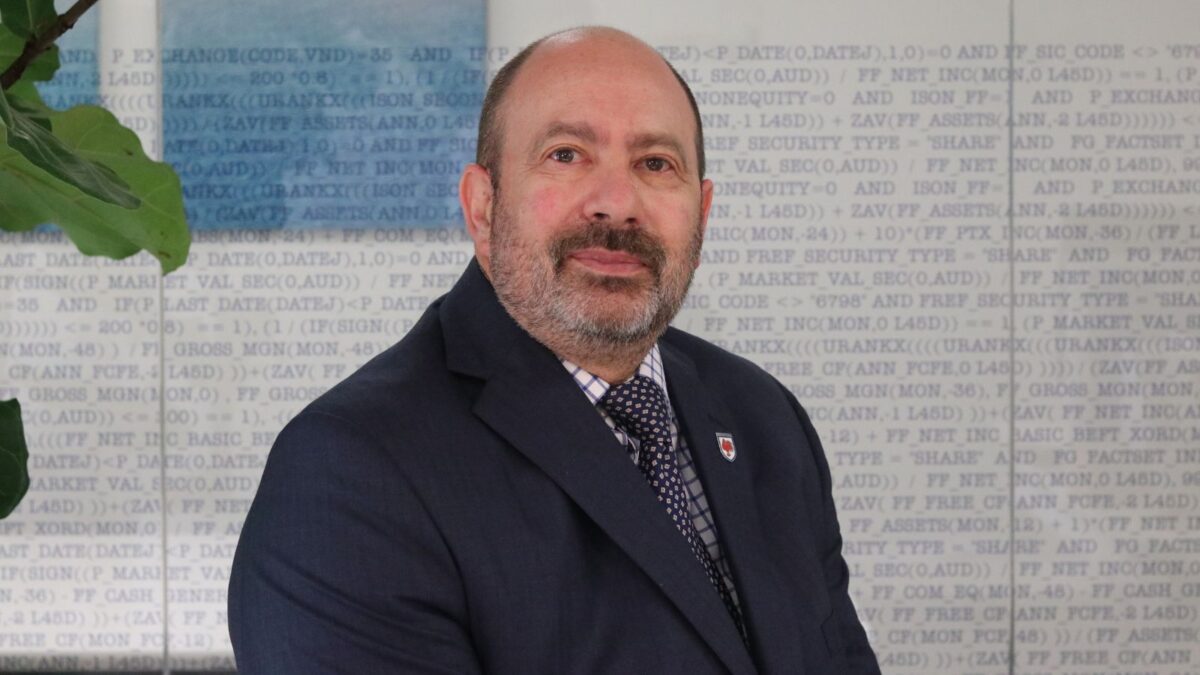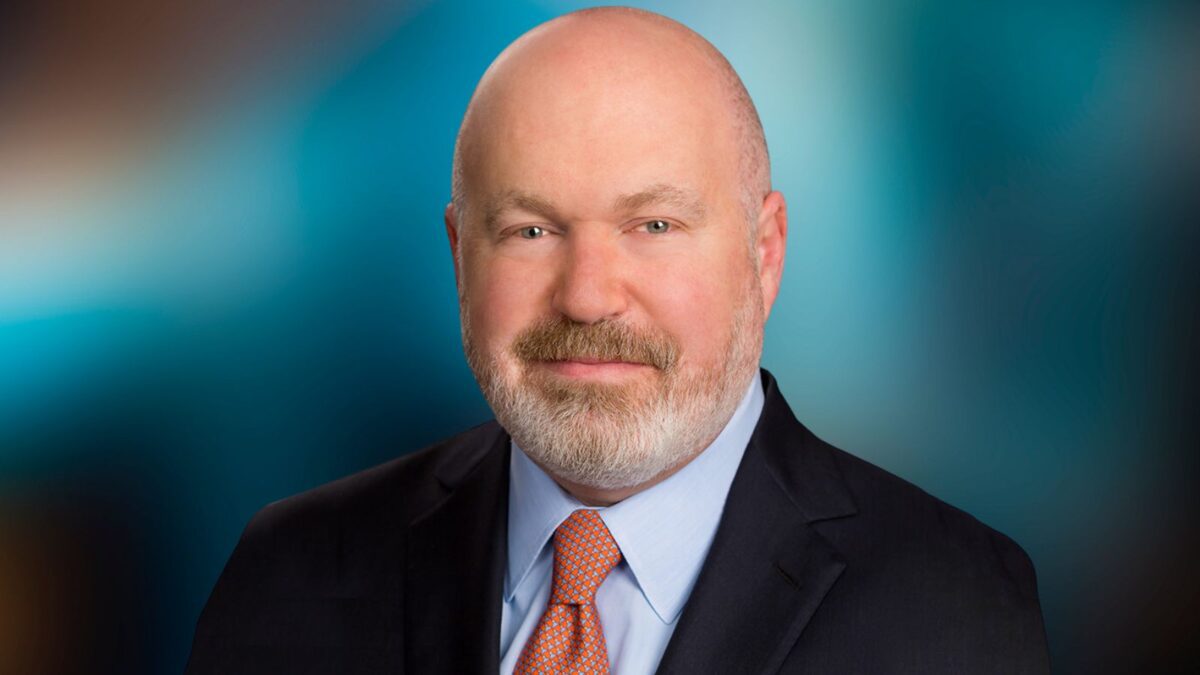Alternatives: their future in retirement income streams
(Pictured: Bev Durston and David Wright)
By Greg Bright
Investors and fund managers have had a big rethink about their strategies and business models in the past seven years. No group has been more affected by the global financial crisis than alternatives managers, especially in Australia. This report, based on a roundtable hosted by MST Capital, sees a new future for alternatives.
Mark Levinson, a partner in the global macro hedge fund manager MST Capital, hosted Bev Durston, an institutional investor consultant and former investment manager with pension fund clients in Australia and the UK, and David Wright, a founding director of advisory group Zenith Investment Partners. They tackled some of the issues facing Australia’s alternatives sector and their impact in retirement income investing.
The funds management industry has had a history of lumping alternatives into a ‘catch-all’ category, according to David Wright, although they come in many shapes and sizes with many different risk/return characteristics. “We treat alternatives as part of the growth allocation within portfolios,” he said. “We feel this is the more conservative approach and accommodates for those alternatives which can be more volatile. By doing this it allows you to have them as part of the main asset allocation. Also, there’s a general lack of education and understanding among advisors and investors. That’s another reason to have them as part of the growth allocation rather than the defensive component of portfolios so that there are no nasty surprises for the investor if the investment proves to be volatile… We classify true alternatives as those investments which have a low correlation to the other asset classes.”
Wright said that, increasingly, retirement portfolios were a really big challenge. “It’s important to recognize that alternatives in the drawdown phase can lower volatility,” he said.
Advisors were agitating for assistance and the industry has known for some time that the population demographics would push a “bulge” of money through “but we have done very little to deal with retirement incomes and dedicated retirement portfolios, he said. “Many financial planners are using the same portfolios [for retirees] as they are for people in the accumulation phase.”
On the issue of Australian managers versus overseas firms, Durston said that gatekeepers were reluctant to recommend the home-grown talent outside of an Australian equities portfolio. “There are good managers here who, who are of institutional investment grade, but often they don’t get the necessary backing.”
She added that not many people research Australian alternatives managers and even fewer do the requisite operational due diligence on them. The specialist alternatives consultants also don’t spend much time in Australia. Levinson agreed there was a heightened need for operational due diligence, which Wright believed, “is light on and often taken as a given”.
Durston said that, in the overall scheme of things, operational due diligence on alternatives managers was not prohibitively expensive. “It’s akin to the cost of a detailed legal review on the underlying fund documentation which most investors would never skip.” However, APRA’s prudential standards have highlighted its need too. It is also critical in alternatives to make sure the investor fully understood gearing arrangements and where the assets were being held in the structure, Durston said.
Platform providers should not escape criticism either. Wright said that platform providers often did not have the ability and means to value the assets, which meant that the available investment universe was not very big.
“They look at the highly liquid strategies like CTAs, in particular, and some global macro and market-neutral managers and that’s about it,” he said. “Platforms tend to limit the allocation to alternatives, although it varies from platform to platform. They are concerned, for the super component especially, about ASIC and the level of understanding of the advisor and investor.”
Model portfolios, on the other hand, have had “huge growth” since the global financial crisis, Wright said, because of the enhanced compliance regime under which they operate and the need to demonstrate how the portfolio has been constructed, managed and maintained. Many advisors are too busy servicing clients to perform this function effectively.
Durston said that in defined contribution world, funds “have very little in alternatives or private markets, especially many retail offerings which are restricted by liquidity”. Industry funds tended to mainly have property and infrastructure as opposed to a diverse portfolio of alternatives. Where they do have a reasonable allocation, such as Sunsuper, “the portfolio cannot be selected separately in member choice, it is limited only to pre-mixed options”, she said.
Durston was deputy CIO at Sunsuper before taking senior investment roles at the Singapore Investment Corporation in Singapore and London, followed by five years running British Airways Pensions’ Alternative assets program. She returned to Australia in 2013 and has her own consulting firm, Edgehaven.
Two increasingly popular investment products and strategies are target-date funds and outcome-oriented funds, both of which suited more alternatives. Durston predicted that these funds would represent 40 per cent of the market offerings within five years as this was the first step taken towards a more personalized strategy.
Wright said the industry had to be more outcomes focused across the whole portfolio. He said the My Super solutions from the big retail players, such as Colonial, MLC and BT had been successful because they were perceived as having low fees and were appropriate for the age demographic of the respective members. Despite this they had little or no alternatives.
“Some international managers are saying ‘why should we raise money in Australia, particularly for a capacity-constrained strategy, because of the low fees here,” he said. But recent research from Chant West has shown that the funds which paid higher headline fees had the best net performance, Durston added.
“A part of our role is to justify the investment fee to our clients,” Wright said. “It’s up to us to educate people to understand that what’s important is the outcome, not the fee,”
Durston concurred. She believes that the big super funds should offer their own products, such as their own Alternative and Private market investment options restricting liquidity to prudent timelines. This also should apply to annuities.
“But to start with we really need improved retirement forecasting. Superfunds should offer a stochastic calculator for members which will show them the range of income outcomes which are likely rather than simply a single point estimate.”
Wright said that the standard risk-profiling questionnaire approach used by the financial advice industry was flawed. “There should be more regard for how much money the client has, what he or she spends, age and that sort of information rather than how risk averse they are with little or no consideration to their level of assets, age and income requirement.”
The experience of the GFC raised awareness of the need for portfolio construction with respect to retirement. While the marketplace has been busy addressing these issues, the global equity market rally of the last few years has rebuilt wealth and repaired super balances. This has given the market time to consider portfolios with greater asset liability matching focus, and alternatives are an integral part of that process.
While alternatives investing has specialist requirements and needs to be carefully implemented, its usage is on the rise, particularly in retirement portfolios where downside risk is less tolerated. Education remains the key to broadening its appeal beyond the institutional establishment, and if we follow the international trends, alternatives will become more mainstream in the years ahead.









